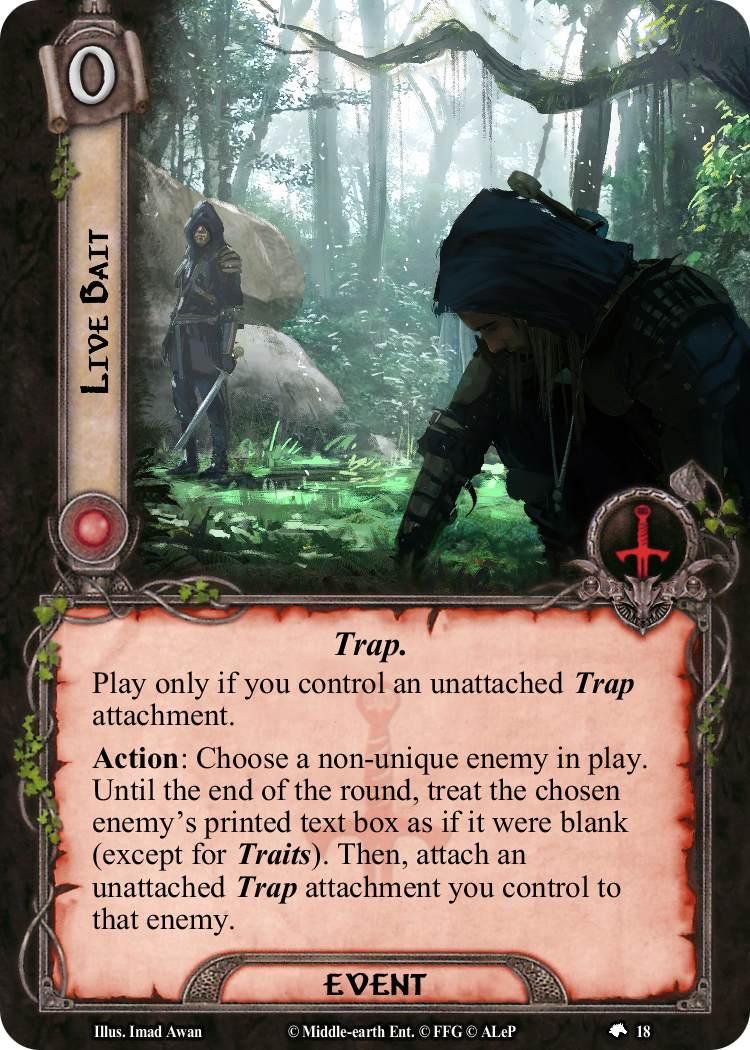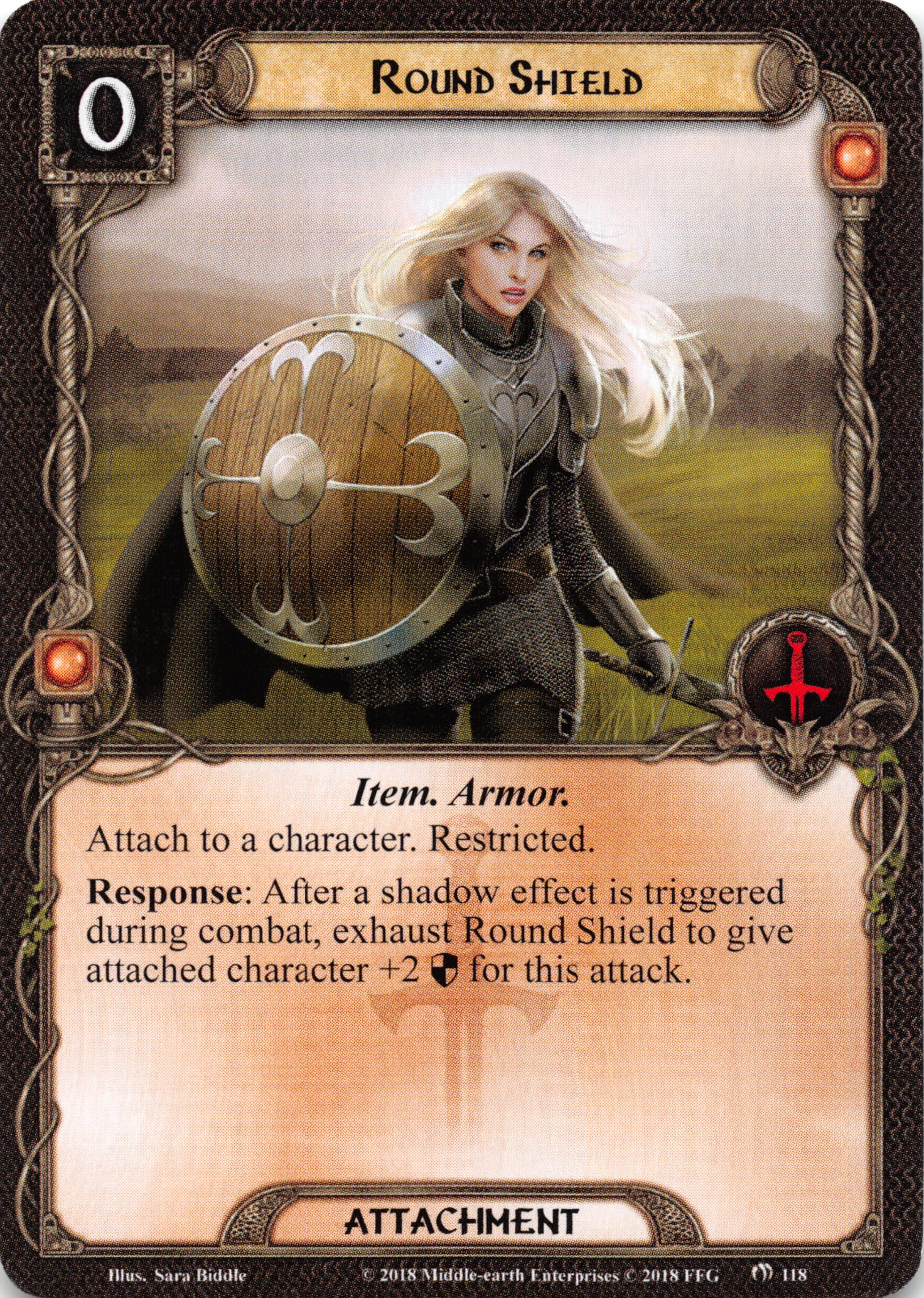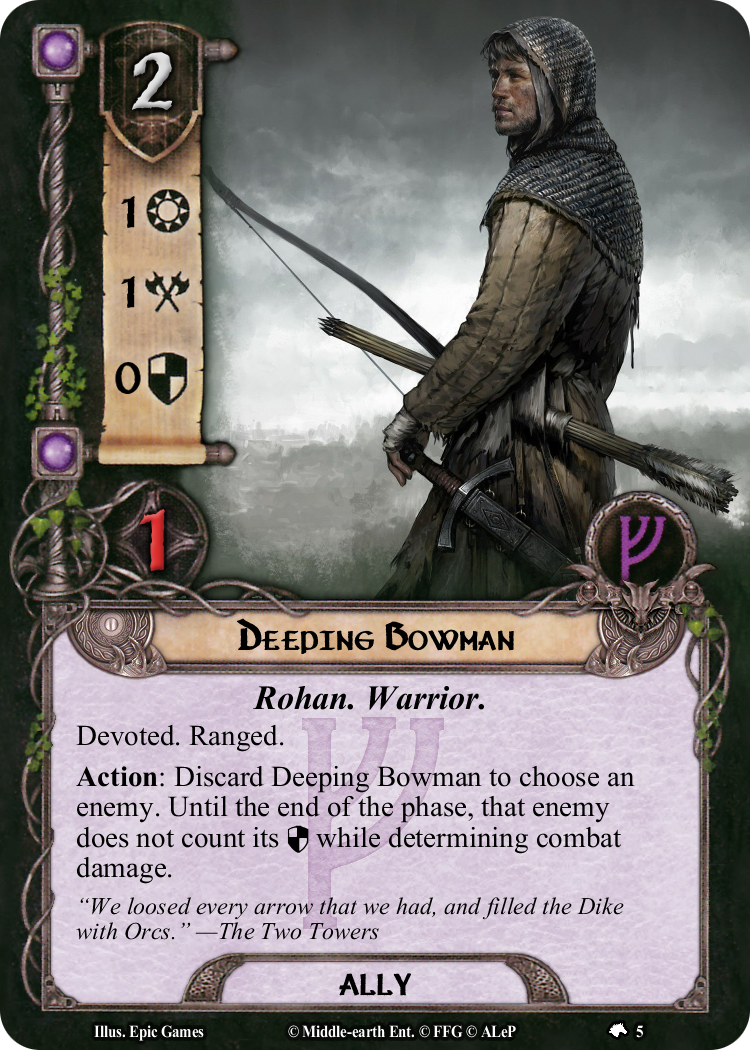I must admit: I was not particularly impressed with this card upon release. It was kinda overshadowed by the other trap cards in this cycle such as Celador who makes questing easier and provides a consistent means of threat reduction, It Should Be Spared which allows you to move your traps from weak enemies, and finally Spring the Trap which allows to get a ranger ally in for (potentially) cheaper and after encounter cards have been revealed.
For all of these, the use and improvements were fairly easy to understand. With Live Bait however, this was not the case for me. Blanking the text box of an enemy is undeniably useful, of course, but just how useful is not obvious to those who have not used the card yet. Anyone who uses the card Revealed in Wrath or Thrór's Key knows how useful enemy text box blanking is. Seriously, how often are you in a situation where you don't know how to deal with an enemy soley because of the text box? For me, it's not uncommon. (I woud also like to point out that Live Bait blanks the text box until the end of the ROUND while Revealed in Wrath does until the end of the phase. Allthough, I feel that this is justified because Live Bait is more restricted in using it.)
In addition to the text blanking, it also requires that we attach a unattached trap to that enemy which triggers Celador for a -1 or ready and Damrod for a card. Note that this allows this card to function as a way to move unattached traps to engaged enemies which is quite useful for traps like Ambush, Entangling Nets, and Outmatched. This is also great for the Emyn Arnen Ranger as it allows us to give an enemy a trap before questing to get the + if there was no eligible enemies. It can also be used with ally Faramir to give an enemy a trap, play Faramir, engage that enemy, blank its text box, and deal 4 damage to it.
Ok, so the text blanking is great, but what else is there to the card? Well, there is a restriction that you must have an unattached trap in play. This leaves us with a few scenarios when this card would ideally be used.
- Planning Phase - Because the blanking lasts until the end of the round, we can use it on the enemy before questing. This allows us to play a trap unattached, blank an enemy in the staging area (or engaged with a player), then attach that trap to the enemy! Normally the traps have to wait until the questing phase to attach and you have no control over what it attaches to. This allows both for us to control exactly which enemy gets a trap as well as the benefit of blanking the text box. This is very useful for traps such as Followed, Poisoned Stakes, and especially Ranger Spikes.
- Encounter or Combat Phases - If no enemies were revealed from the encounter deck this round (admittedly quite rare in multiplayer games), then we can use this to move traps to engaged enemies to make combat easier.
All in all, this card has been the unsung hero in many of my trap-based games. It blanks enemy text boxes and allows for the freedom to choose what a trap will attach to. The restriction of playing is fairly minimal for trap decks, and is justified for this card. And you get all of this for a cost of 0! If you aren't currently using in your trap decks, you should. You won't be dissapointed. It is definately my favourite new trap-based card that ALEP has introduced. Wonderful job, ALEP team!




